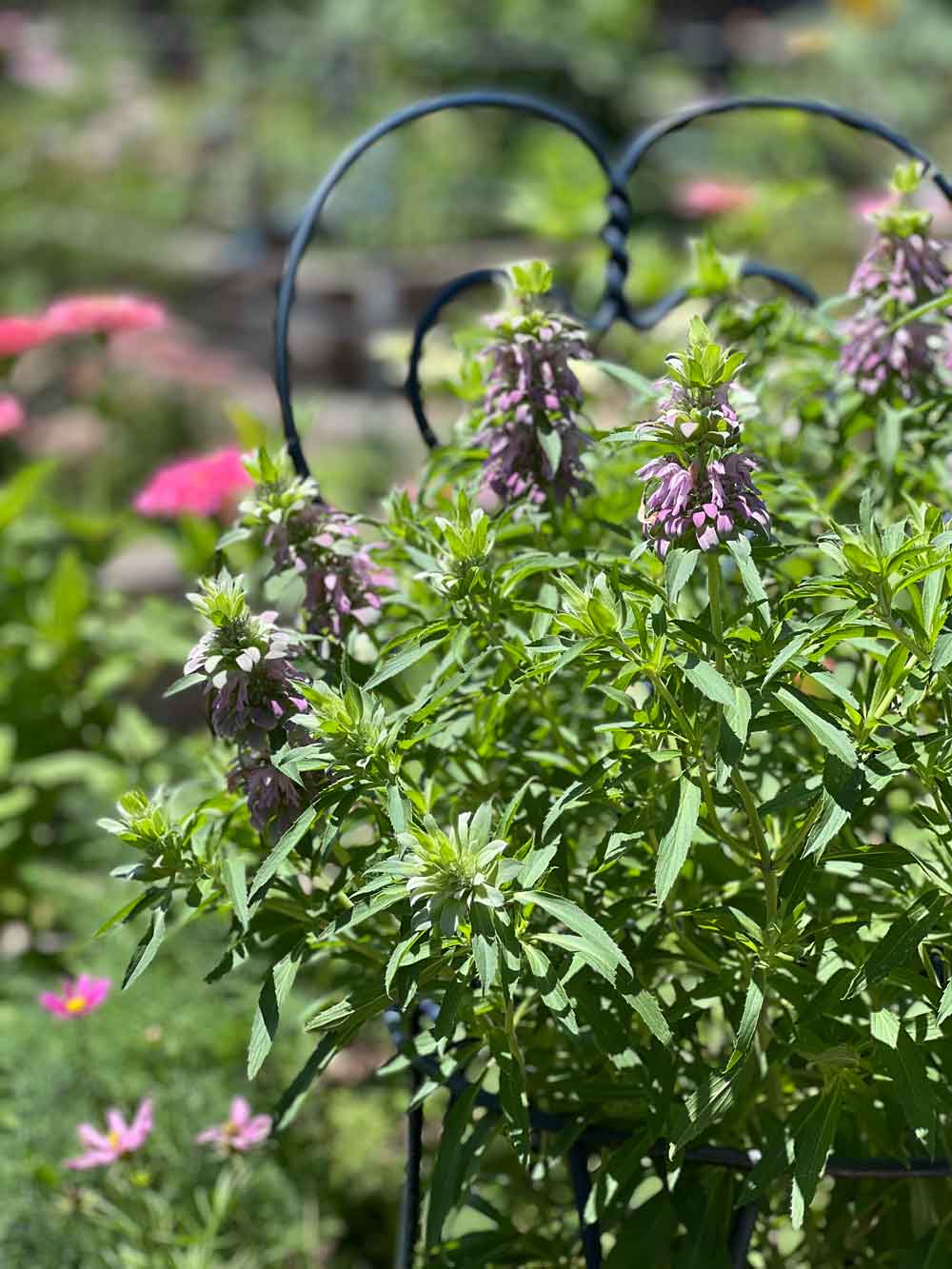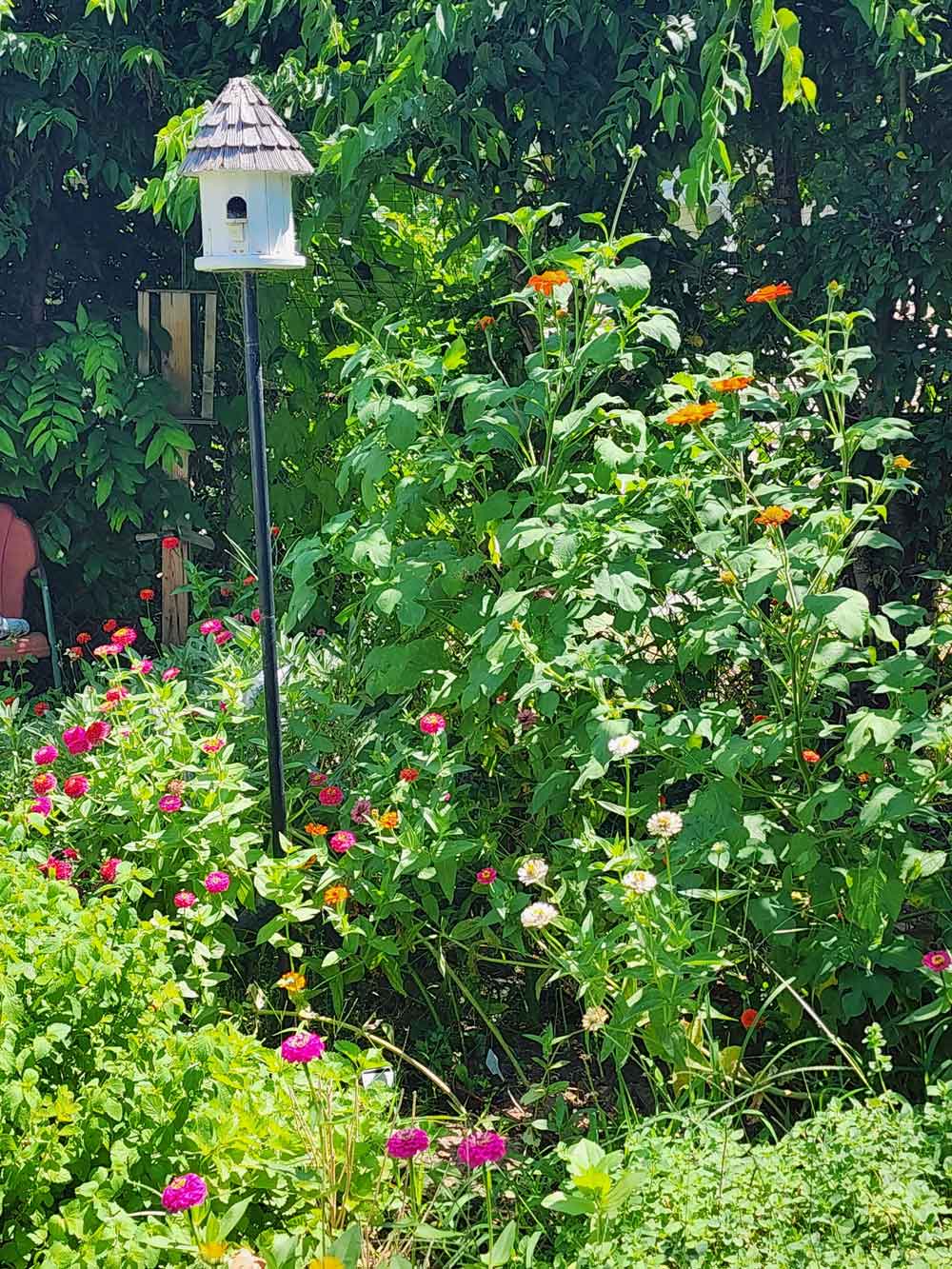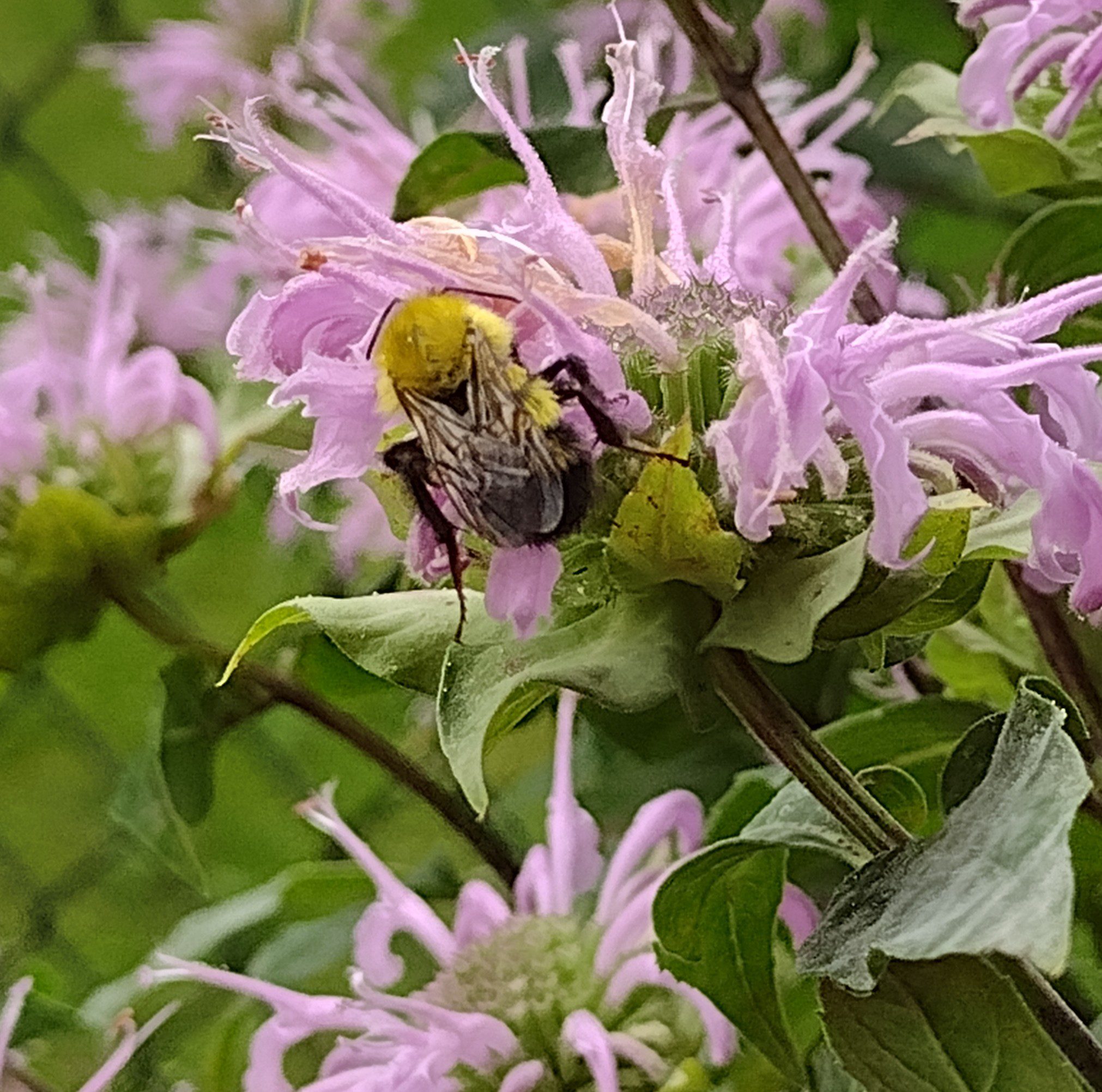About Bee Balm
Famous for its beauty and its fragrance, Bee Balm, also known as Wild Bergamot, is an old flower garden favorite. And did you know that Bee Balm is one of the best attractors of beneficial butterflies, hummingbirds, and bees? All in all, Bee Balm is a “must” for any garden.
When to Plant Bee Balm Seeds
Plant your Bee Balm seeds in the spring or early fall. If planting for spring, start seeds indoors in later winter.
Where to Plant Bee Balm Seeds
Bee Balm performs best in full sun or partial shade in dry to medium moisture, well-drained soil. Bee Balm isn’t picky when it comes to soil type – it will tolerate poor soils and, it is heat and drought tolerant.
How to Plant Bee Balm Seeds
Bee Balm seeds require light to germinate, so be careful not to cover them when planting. Learn more about germination light requirements here.
Sow seeds in small pots. Apply a starter fertilizer solution and water. After the initial watering, only water when soil surface is dry to the touch. Pinch off the tops of the plants several times during the growing season to encourage branching and a bushier growth habit. When the roots fill the container, about 2 months after sowing, they are ready to be transplanted into your garden. Direct sow or transplant seedlings into a sunny, weed-free soil. Space plants 20-30″ apart. Irrigate regularly to keep herb seeds moist until germination.
How to Care for Bee Balm
To prevent powdery mildew, be sure to thin out large clumps to improve air circulation around your plants. Deadhead your Bee Balm plants to prolong bloom time.






